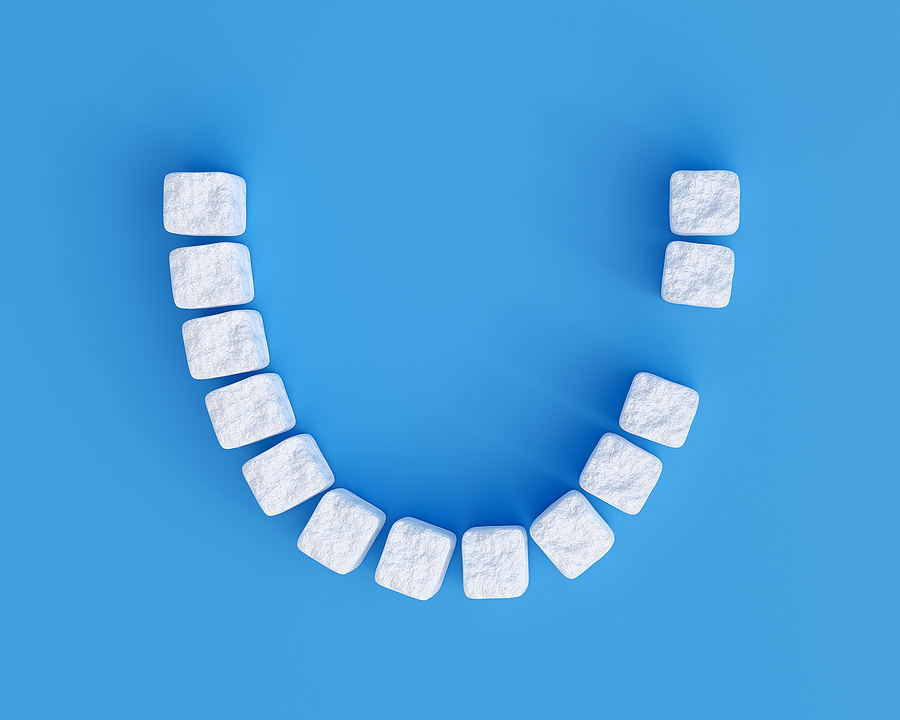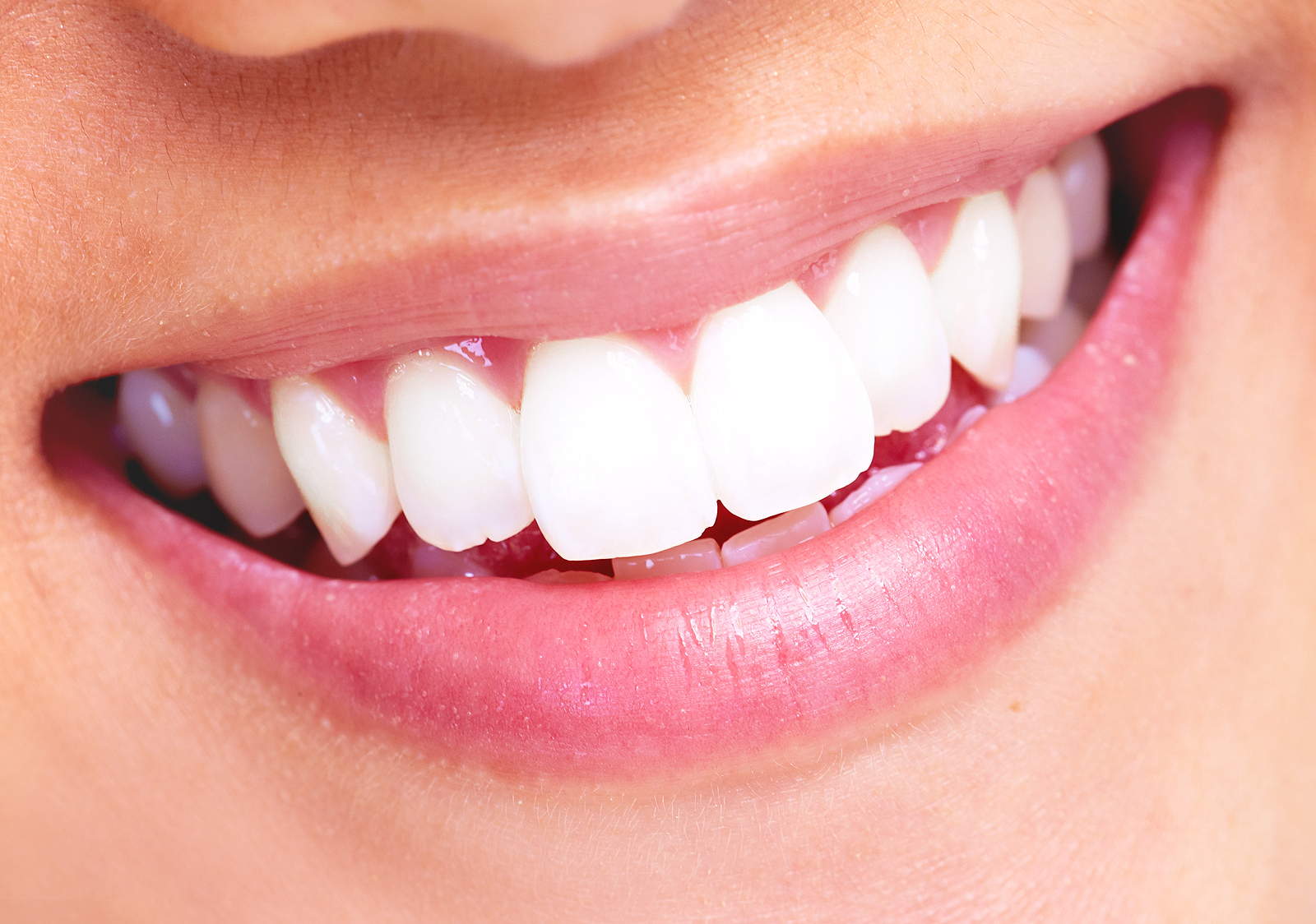The Basics Of Enamel Hypoplasia
Posted by Paige Lester on May 27 2020, 12:46 AM
Enamel hypoplasia is a developmental disorder in which a tooth's enamel is thinner than normal. Enamel is the hard outer layer of teeth. It makes up most of the tooth's structure and provides it with its white color. Enamel is composed of hydroxyapatite crystals, which give teeth their strength. Enamel hypoplasia occurs when there is not enough enamel on a tooth. As a result, the tooth is softer, thinner, and more vulnerable to damage. Enamel hypoplasia can affect one tooth or many teeth.
Enamel Hypoplasia
Enamel hypoplasia is a defect in the hard outer layer of teeth. It forms when the inner tooth layer, called the dentine, doesn't fully develop during childhood or adolescence. In individuals with enamel hypoplasia, the layer of the tooth that is visible above the gum line remains thin and underdeveloped. Enamel hypoplasia can occur on both baby and adult teeth. It can occur in individuals without other developmental issues. Enamel hypoplasia typically does not impact the health of the tooth, but it can be cosmetically displeasing in some individuals. The severity of enamel hypoplasia varies according to the size of the affected area on the tooth. For example, a small bump on a tooth may not be very noticeable, whereas a large gap is likely to draw the eye's attention. Enamel hypoplasia usually does not cause pain or sensitivity. However, some people with this condition may experience hypersensitivity to temperature and pressure changes.
What Are The Symptoms of Enamel Hypoplasia?
Symptoms include:
- White spots
- Yellowish-brown stains
- Pits, grooves, depressions, and fissures in the teeth
- Irregular wear
- Increased susceptibility to cavities and decay
Enamel hypoplasia can affect one or two teeth but never all of the teeth at once. In many cases, the condition affects the molars first. This is likely because molars are the last teeth to develop during childhood.
Enamel hypoplasia can be diagnosed with a visual exam. An x-ray may also be required to rule out other conditions that can cause similar symptoms. If left untreated, enamel hypoplasia can progress and worsen over time. For this reason, it is important to seek treatment right away if individual suspects that they have enamel hypoplasia. For many people, treatment is as simple as bonding or capping the affected teeth. If the condition is severe or if the teeth are cracked or damaged, dental crowns may be required to repair the damage.
Enamel hypoplasia is a defect in the hard outer layer of teeth. It forms when the inner tooth layer, called the dentine, doesn't fully develop during childhood or adolescence. In individuals with enamel hypoplasia, the layer of the tooth that is visible above the gum line remains thin and underdeveloped. Enamel hypoplasia can occur on both baby and adult teeth. It can occur in individuals without other developmental issues. Enamel hypoplasia typically does not impact the health of the tooth, but it can be cosmetically displeasing in some individuals.



